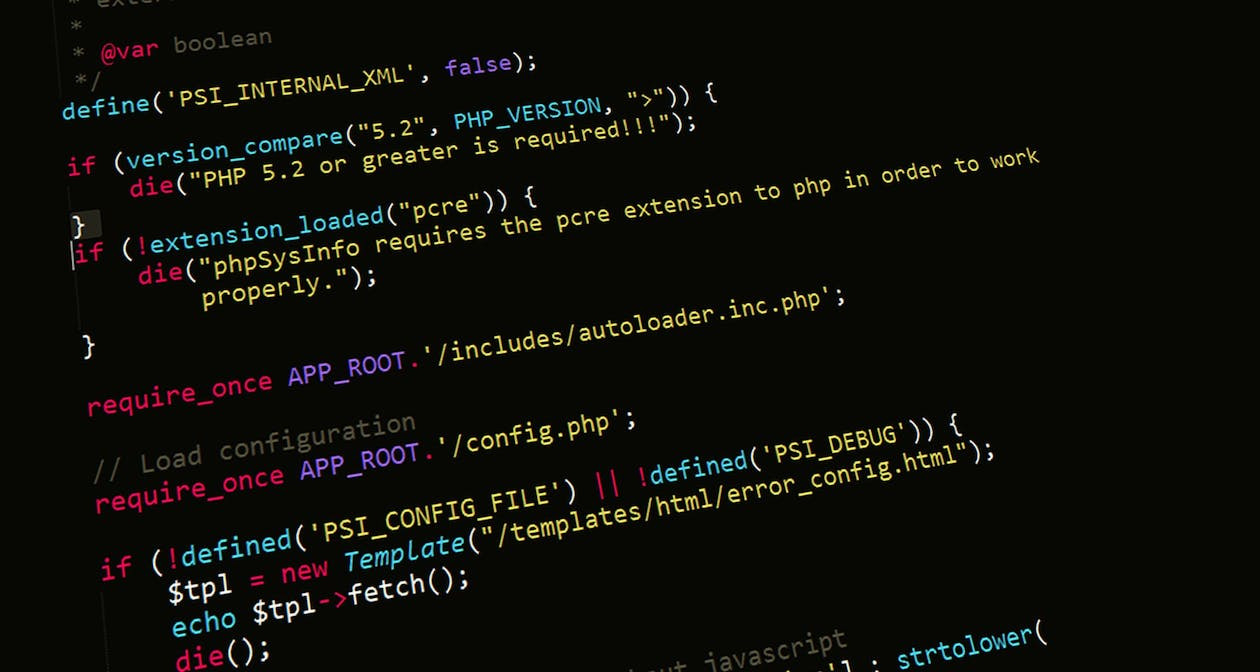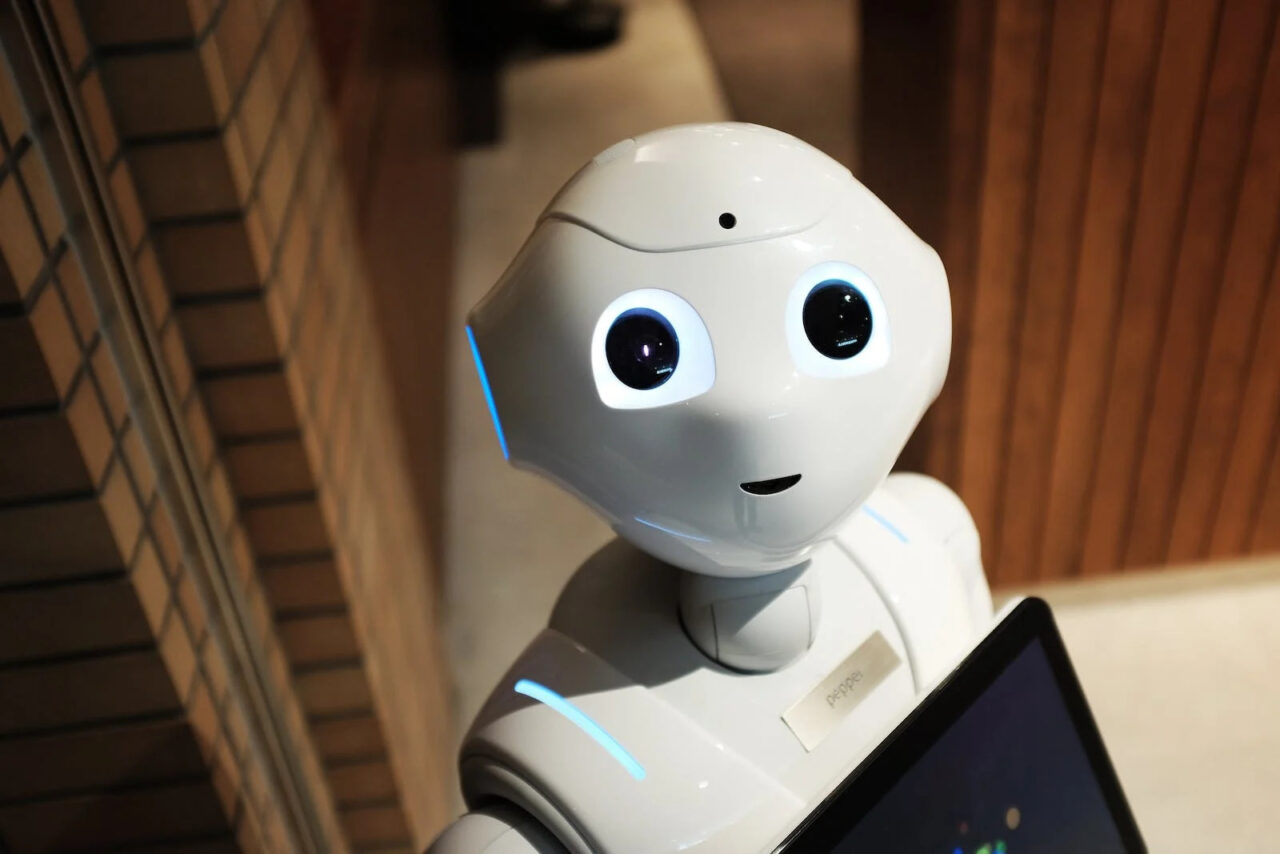Becoming an engineer in the field of computer science is the dream of many people. That’s because this profession promises you a desirable salary. In addition, you can try your hand at professional working environments.
Yet, you have to overcome a lot of challenges to deliver good results. So, what are these challenges?
I will collect the most popular puzzles via my experience working in this field. So, let’s jump straight to the list.
In this list, I will present the 7 problems in the computer science field.
Many experts in this profession have spent countless times solving it. Yet, they haven’t come to any good results. Now, follow each session’s details!
I will walk you through the most challenging problems in computer science.
1. Algorithmic Bias
Algorithmic bias is a prevalent term in the computer science field. It indicates the repeatable and systematic errors in a computing system. So, the error will lead to unfair results and derail the algorithm’s initial purpose.
There are a lot of factors that can emerge from algorithmic bias. For example, the false design of the algorithm and the unexpected usage are the culprits. They relate to how the coding, selection, and collection of data.
Yet, the causes of algorithmic bias can extend far from these common problems. The bias can result in various impacts.

2. P versus NP Problem
Most popular of all is the P versus NP puzzle in the field. The answer to this problem would bring tremendous changes to many areas.
They include cryptography, mathematics, Sudoku, cancer research, and many other applications.
The most critical question is whether NP and P are the same or whether they are not. In that, the P vs NP problem asks if you can come up with a solution for a problem in a short time.
If you can verify the solution for that problem in a quick period. Thus, the answer to this question will determine if you can solve a problem if you can prove it in polynomial time.
Regardless, both directions will have profound impacts on many other fields. For this reason, the CMI (Clay Mathematics Institute) decided to make a 1 million dollar award. The money will come to the very first person to find out the correct answer for P vs NP.
3. Mathematics of Sudoku
There is a close relationship between Sudoku and mathematics. Working in the computer science field long enough and you will realize it. Mathematics is an effective tool for studying the puzzles of Sudoku.
For example, you can use mathematics to calculate the number of filled sudoku grids. Mathematics can calculate the number of clues a valid puzzle can produce.
Today, experts haven’t been able to identify the precise number of Sudoku Sudokus (minimal). Yet, clues suggest that there are 3.10 × 10 square 37 different minimal puzzles found.

4. Time Complexity
Time complexity refers to the time used for executing an algorithm. For example, it can tell the time each statement takes to complete.
Thus, the time complexity is closely related to the size of the data. Plus, it helps define and test an algorithm’s effectiveness and performance.
As the size increases, the run time will extend. In other words, the runtime or time complexity will increase depending on the data’s size.
This problem poses a lot of challenges for algorithm designers. So, it’s not easy to balance and reduce the run time if the data size is too enormous.
5. Encryption and Quantum Computing
Quantum computing is very exciting and magical. As you know, a piece of information exists in a 0 or 1 binary state. Thus, standard computing involves strings of these two numbers at the base.
Unlike this standard, quantum computing works in a more magical and impressive way. For example, it can encode much more data. It’s because there is more than one state for a subatomic particle.
Plus, encryption allows humans to send data while keeping it private. You can imagine it as a lock, and you hold the key to that lock. Yet, quantum computing can find out the key at a much faster speed.
Thus, quantum computing is a threat to encryption. It creates a problem for computer scientists to work on.
6. Artificial Intelligence
AI is the biggest unpredictable thing on Earth. It’s because AI can bring humans tremendous value and technological evolution.
AI will threaten the human era and reduce our dominance. Since you can no longer outthink artificial intelligence, you won’t be able to rule it.

7. Security in the Internet of Things
Security in IOT (or the Internet of Things) is a segment. This segment involves the methods and protective measures that secure internet-connected devices.
This term is very vast, and it keeps extending with the evolution of technology. Network-based devices are prone to insecurity. They include video game computers, consoles, smartphones, and more.
As a result, IoT security aims at protecting these devices from getting compromised. Yet, their vulnerability to cyberattacks keeps increasing. It is because of the inherent connectivity of the IOT.
Nowadays, the risks of cyberattacks are very high. Scientists and IT experts have invested heavily in IOT security. Yet, the problem still persists.

Final Thoughts
So, those are the seven problems in computer science. As a worker in this field, your goal is to contribute to the industry and help solve these seven challenging issues.
As technology evolves, humans have been able to achieve impossible tasks. Yet, these seven problems are still the biggest unanswered questions remaining. Thank you for reading this post! Have a nice day!
